Men’s fashion has been shaped by a wide variety of influences, but you might be surprised to learn just how much of classic menswear was directly influenced by military uniforms. From color schemes to cuts to accessories, many conventions of classic style developed in tandem with military uniforms, which we’ll be covering today.
What we won’t be doing is detailing individual menswear articles that got their start as parts of military uniforms or related dress. And one more thing before we start today, in discussing military uniforms, we will naturally be adjacent to topics that some people might find sensitive. So, be aware that as we’re discussing these historical uniforms, we won’t be discussing the context around those uniforms.
We are, first and foremost, a style history website, and we can’t take all the time that would rightly be necessary to unpack all of these complex themes. But, in summary, know that our commentary about these historical uniforms should in no way be seen to condone or endorse any of the views, values, or actions behind the armies or peoples that those uniforms represent.
Learn about style and the military mindset
Why Did Armies Need Uniforms?
Briefly, here, let’s cover why armies needed uniforms in the first place. As the name implies, uniforms are intended to impart a uniform appearance to soldiers, and for our purposes, the three main parts of this uniformity are as follows.
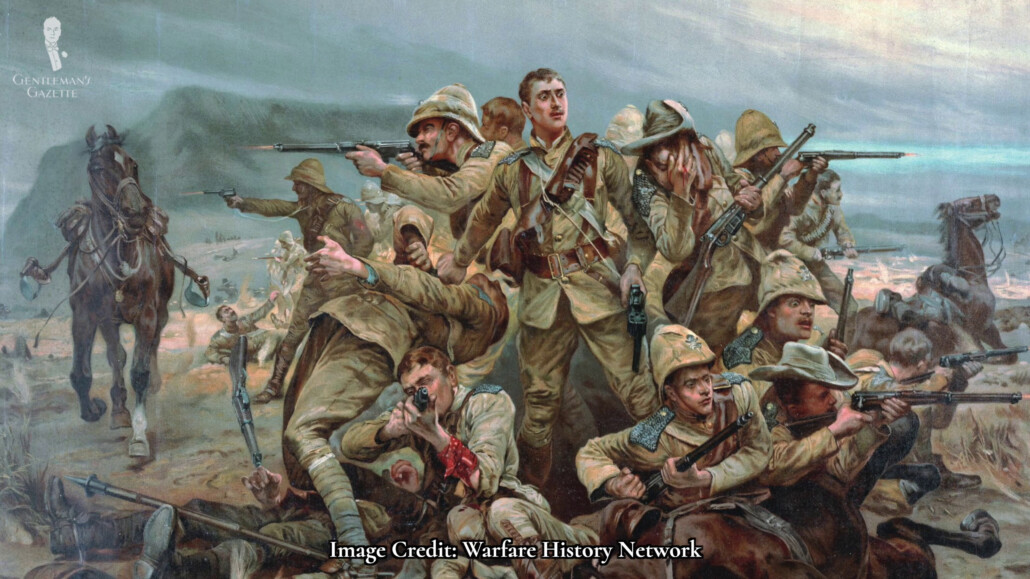
1. Uniforms distinguish friend from foe.
At their most basic level, uniforms identify and distinguish troops. Before modern communication devices, commanders had to easily identify their own troops, as well as enemy troops, and uniforms were an easy way to tell friend from foe on the battlefield. It’s tough to tell a mass of people apart at a distance if they’re all wearing different colors. But, if you put that mass of people into two distinct colors, it’s much easier to tell them apart.
2. Uniforms distinguish combatants from noncombatants.
On a related note, uniforms were also essential for distinguishing combatants from non-combatants. According to the modern rules of warfare, such as the Geneva Conventions, combatants in uniform on the battlefield are afforded certain rights, and civilians are afforded certain protections.

A uniform or lack of a uniform, therefore, immediately identifies anyone in a war zone as a soldier or a civilian.
3. Uniforms ensure standardized access to tools.
Finally here, a standardized uniform ensures that soldiers have access to all of the tools and equipment that they need. This can include practical items, like belts for holding tools, weapons, or weather gear, like boots or coats.
When wars end, accessories return
Interplay Between Uniforms & Classic Menswear
There has long been a constant exchange between these two spheres, and since we are taking a macro view of this topic today, we’ll discuss this interplay throughout various eras of fashion. When taking this more general view, it is still easy to see how civilian clothing and military menswear developed contiguously. And that makes sense as the aesthetics and functionary concerns of a broader society would naturally impact both its military and civilian clothing.
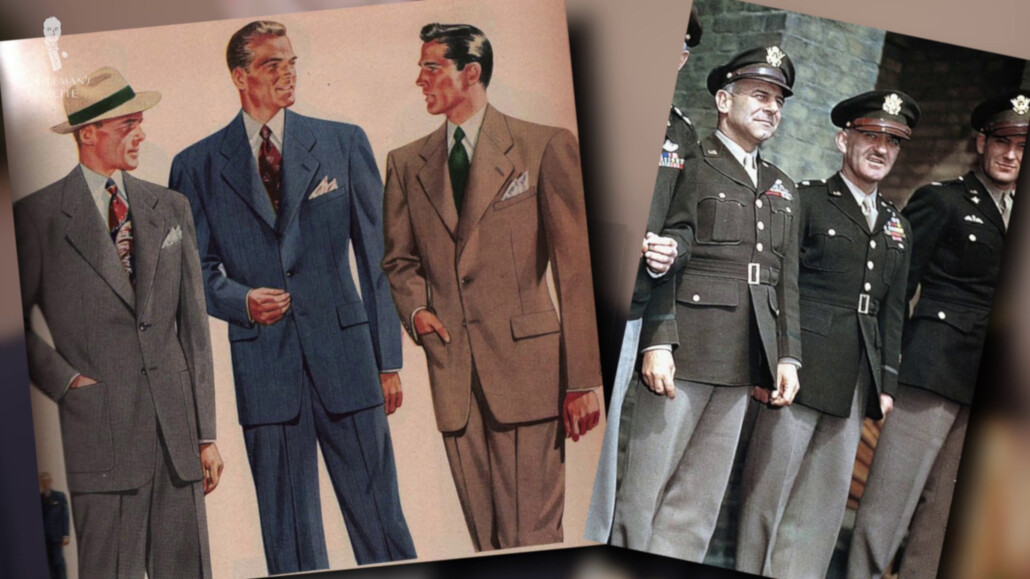
Sometimes, military uniforms directly added something new to civilian clothing, like the shoulder straps or epaulettes that appear on many casual jackets. These began as a way to identify one’s rank on a military uniform. And sometimes, it was the other way around, with civilian fashion influencing military fashion, like with the general shortening of jacket hems over time.
So, as you might imagine, the constant interplay between civilian and military menswear created a give and take – or “exchange of fire,” if you will – where each was influencing the other.
Rally Around the (Classic) Colors
With all this in mind, then, let’s get into our first broad category of something shared between classic menswear and military uniforms that we think should be fairly obvious: color. Of course, one of the easiest ways to identify troops was to have each army associated with a particular color; and not surprisingly, many of the most common colors used in military uniforms are some of the staples of classic menswear even today.
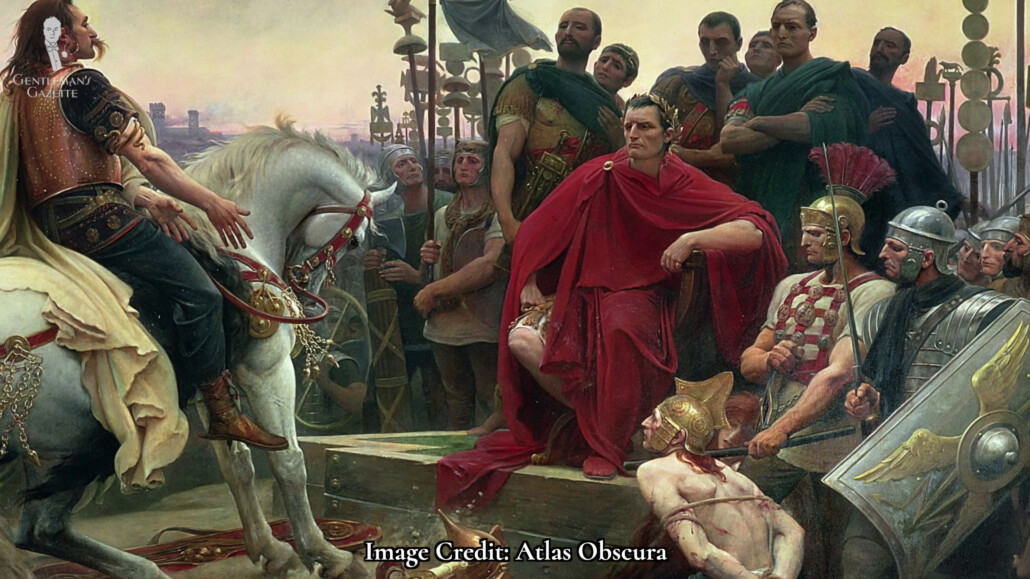
1. Navy Blue
You’ll definitely recognize navy blue as an iconic menswear color that appears in the military uniforms of many nations, and you might guess that its name is derived from the fact that the British Royal Navy popularized the color in 1748.
2. Gray
Today, at least in the US, when it comes to military uniforms, the color gray is most commonly associated with the Confederate States of America, but this color, which is, of course, extremely versatile in menswear, was also worn by Swedish, French, and Austrian troops in the 18th and 19th centuries, and also by the German army during both World Wars.
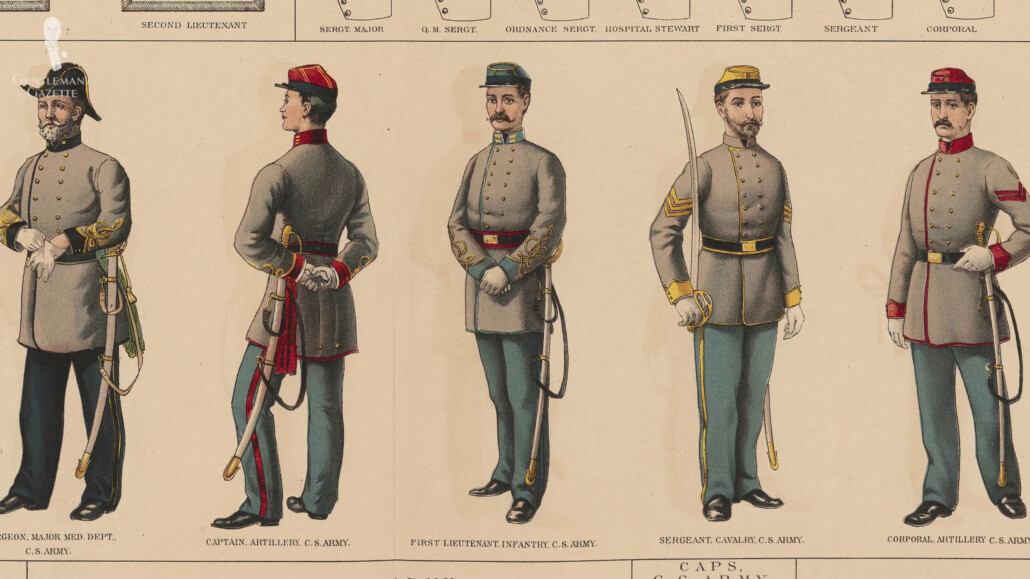
3. Green
We consider green to be perhaps the most underutilized color in menswear, but it has been well-represented in military uniforms. Prominent examples include historic German Rifleman units, 19th-century Czarist Russian army uniforms, and the green colonel’s uniform of an Imperial Guard Chasseur a Cheval as often worn by Napoleon Bonaparte. Green also proved extremely popular with early-20th century armies, especially in olive drab or more of a brownish tone.
4. White
White was also a popular color for historical armed forces, which may have been something of a flex as white has been traditionally associated with elites. You’ll recognize all of these colors as standards within the classic color palette because they’re visually interesting, versatile shades.
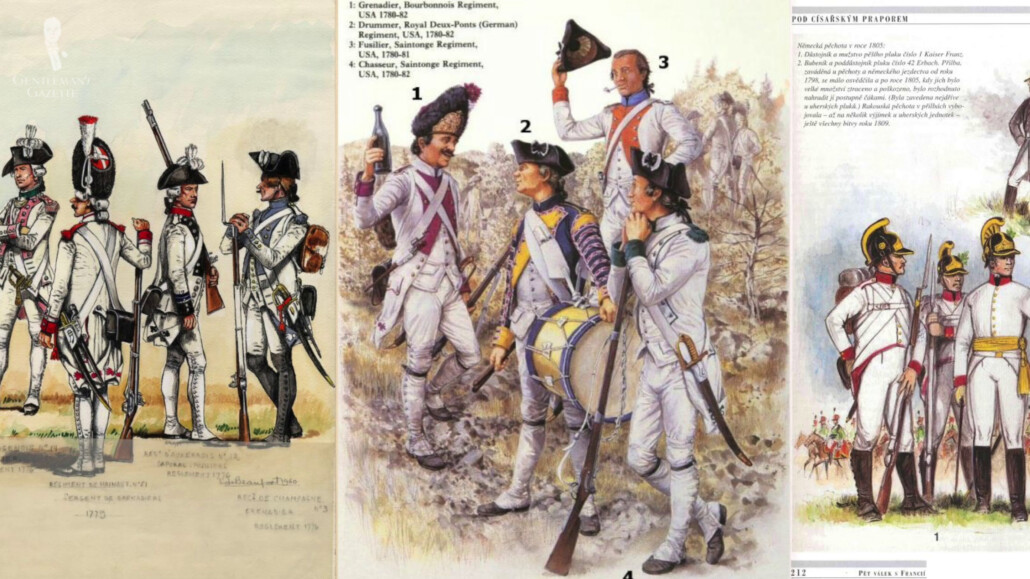
Bolder Battlefield Colors
Obviously, historic generals weren’t primarily concerned with the aesthetic choices behind uniform color, but the general absence of uniforms in shades like blaze orange or lime green indicates that some thought was probably put toward functional, foundational color, as well as the fact that those shades probably would have been harder to produce further back in history, but you get the point.
5. Red
Historic uniforms could also appear in bolder colors, and just like men wearing bold colors today, these uniforms were designed to be the center of attention. For example, true red is a color that’s difficult to pull off in classic menswear unless, of course, you’re fox hunting. But, precisely because it is so distinct and unexpected and perhaps because it’s also the color of blood, red has been favored by many armies over the centuries.
This includes the empire builders of Rome, the thin red line of Great Britain, and revolutionary armies like the men who followed Giuseppe Garibaldi.
6. Purple
Another uniform color intended to inspire awe and respect is purple. Purple uniforms were almost as rare in the historical world as purple suits are today, and this is chiefly because the dyes used to make purple garments were expensive.
In the Medieval Byzantine Army, though, members of the imperial family and important officers did wear purple uniforms as a clear illustration of their influence and power; and purple and violet are still associated with influence and luxury today, even if they’re most commonly worn in the menswear world as accessories.
How to Wear Purple as a Menswear Color
7. Black
Finally here, black may be the most overrated color in menswear, but it was fairly popular as a uniform color. This is because it conveyed gravity, simplicity, and elegance, but also dread and coming death. This former group of attributes is probably what makes black a popular color today with modern trendy men, and the latter attributes probably explain why it’s still popular today with emos, goths, and fans of My Chemical Romance.
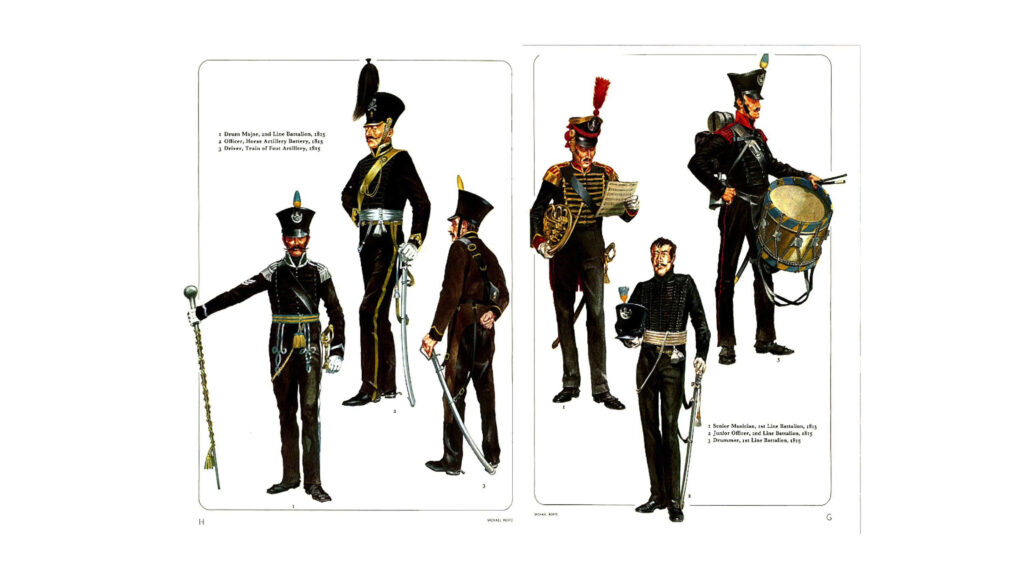
During the Napoleonic Wars, black uniforms were closely associated with the Schwarze Schar or Black Force of the Duchy of Brunswick-Wolfenbuttel. These distinctive and imposing uniforms were soon adopted by other German states and would also be adopted with the Totenkopf or “death’s head” that, along with trench coats, would become a feared symbol of German special forces in World War II.
Black uniforms were also a feature of other 20th-century fascist units, such as the Camicia Nera or Black Shirts of Italy, and Oswald Mosley and his British Union of Fascists. With its naturally foreboding appearance, these historical associations often couple black and, in particular, black uniforms with villains.
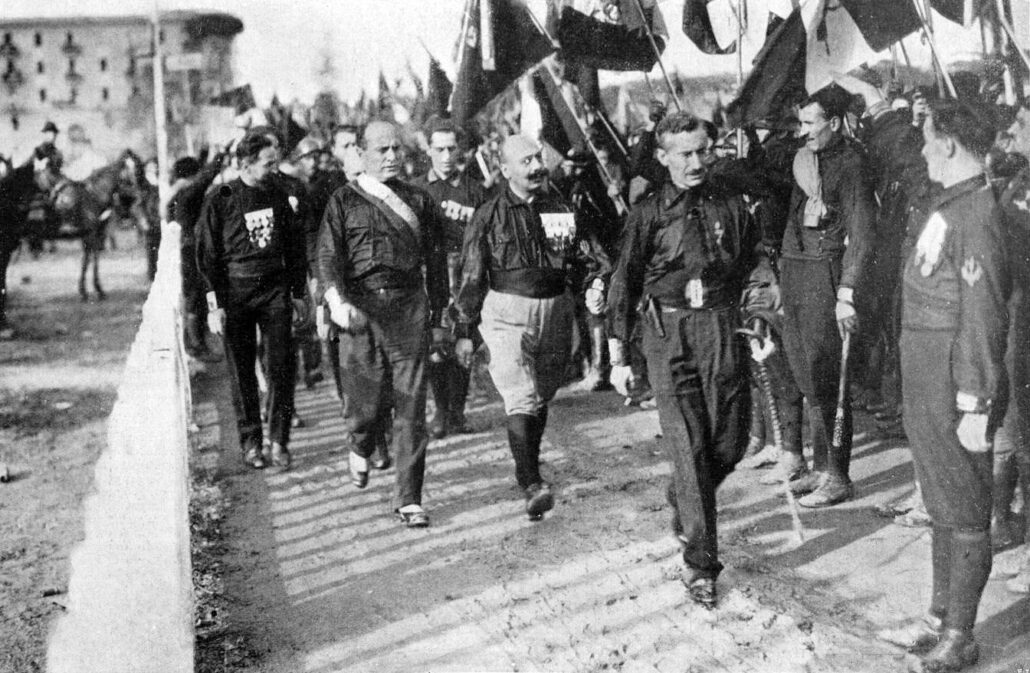
Whatever the color, though, it should be clear to see that historical uniforms employed color intentionally. These color choices were made, at least in part, to invoke the specific meanings and associations that colors can have.
Secrets of Color: What Your Outfit Colors Say About You
So, while distinct colors were chiefly employed to make troops recognizable, there were also other practical uses for color, and you can still consider these practical uses when you’re putting together your menswear outfits today.
Conquering with Contrast
From colors in general, we can move into a discussion of color contrast and combinations. Contrasting elements were often employed in uniforms to help differentiate between different units in the same army, again for organizational purposes. This allowed for most uniforms on the same side to be of the same color with small but intentional differences helping individual soldiers or units to stand out.
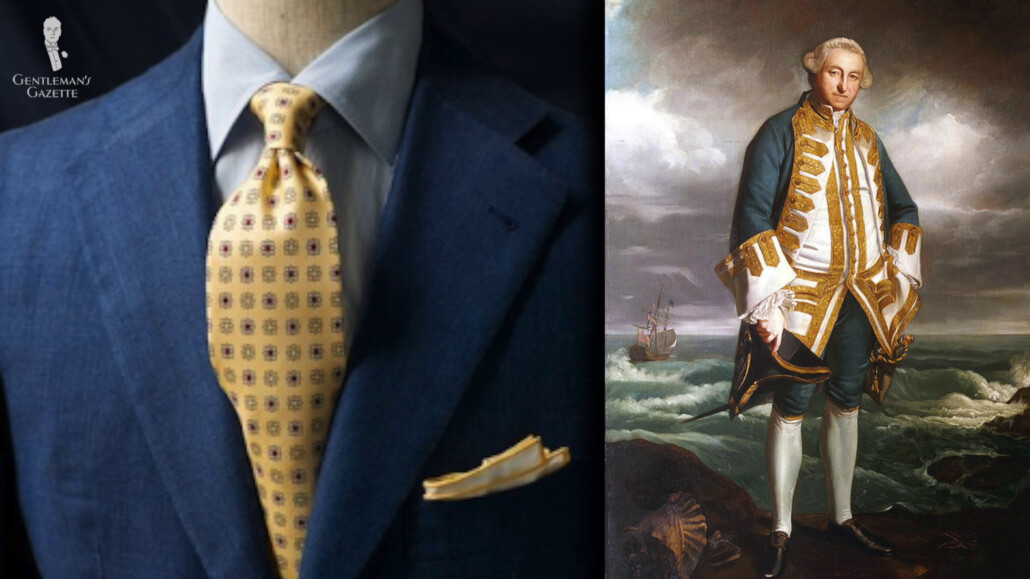
As an example here, contrasting facings on wide lapels were often employed in this way, and while lapel facings of a different color are relatively rare in contemporary menswear, lapel facings of a different texture or material are fairly common in evening wear.
Uniforms also featured additional identifying colors in things like contrast stitching, piping, and linings. All of these can still be seen in classic menswear today, and not surprisingly, uniforms often featured many of the color pairings we still favor today, like navy and red, gray and red, white and yellow, blue and yellow, and blue and white, or buff, among others.
It seems like blue combinations were almost as popular in historical uniforms as they are in contemporary menswear. So, while you’re more likely to employ complementary colors today purely for aesthetics as opposed to signifying to which regiment you belong, you should still consider the impact that pairing certain colors has when you’re putting together your outfits, and consider how these pairings were utilized in historical uniforms to similar effect.
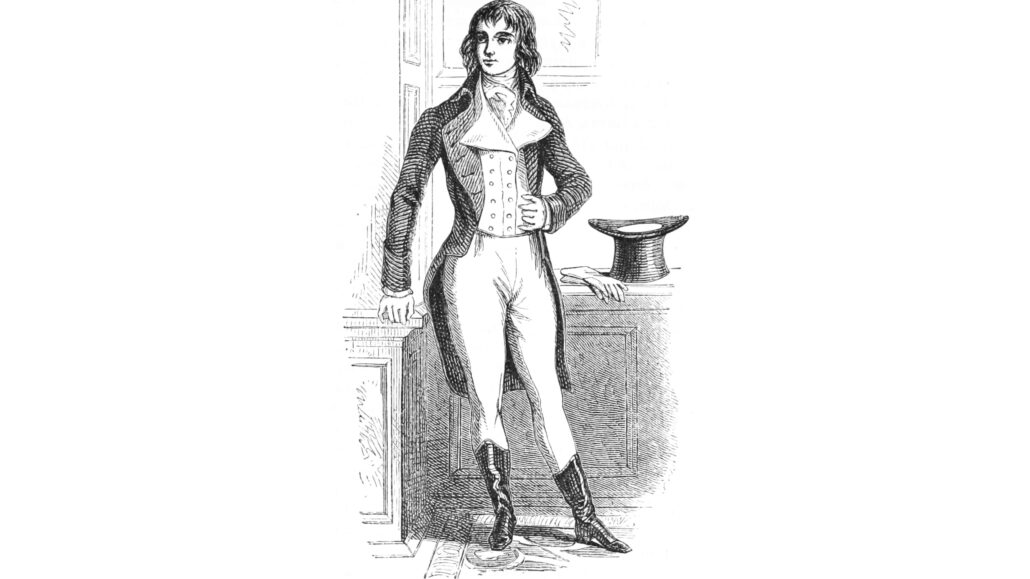
Uniforms also commonly featured trousers or pants in a different color from the jacket, especially white or off-white trousers. This was a look favored by early menswear influencer Beau Brummell, who did have a military career that included getting kicked in the face by a horse, as I explain in another guide.
Beau Brummell: The First Menswear Influencer?
And while today, we generally associate white trousers with breezy, laid-back summer days, they did have a practical purpose when it came to military uniforms. Armies of the past commonly had to March for long hours along dusty roads, and off-white trousers hid this dust relatively well. And because trousers fade with wear generally more quickly than jackets do, wearing matching jacket and trousers would emphasize this difference. But, with off-white trousers, this problem would be lessened.
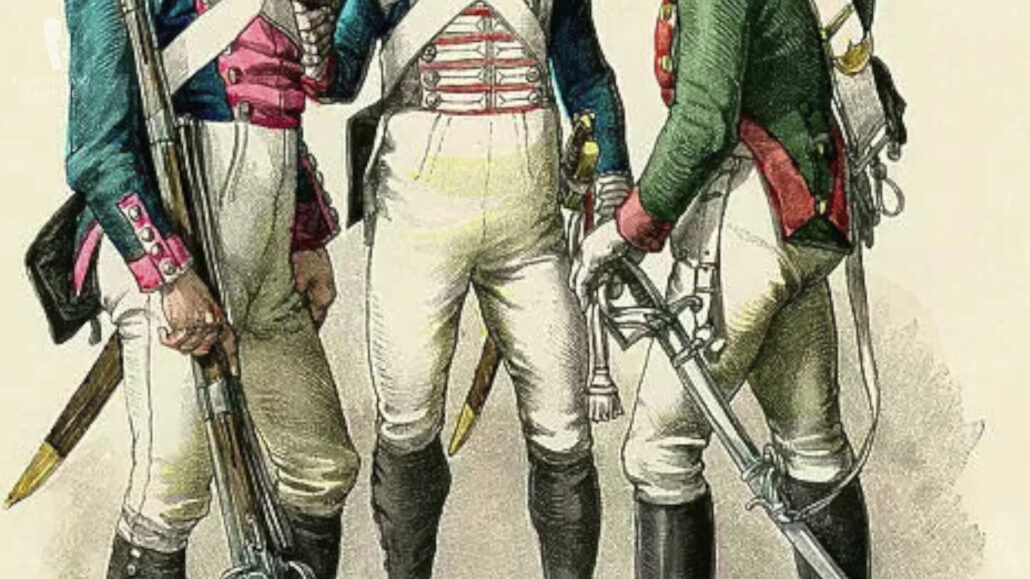
Off-white was favored because many fabrics like wool, hemp, and undyed denim were naturally this color and were also inexpensive. So, patches could be added unobtrusively, or the entire pair of trousers could be replaced fairly cheaply. And while your interest in white or ivory trousers today will probably be less utilitarian.
The Tactical Union of Form and Function
First up here, because military uniforms had to survive the carnage and destruction of battle, they were usually made with durable, dependable fabrics in functional cuts. Double-breasted layers, for instance, help to make many uniforms versatile in a variety of weather and temperature conditions.
This is one of the main reasons that many common militarily-derived coats and jackets are still double-breasted today. These clones needed to take a beating while still remaining comfortable and looking good for the wearer.
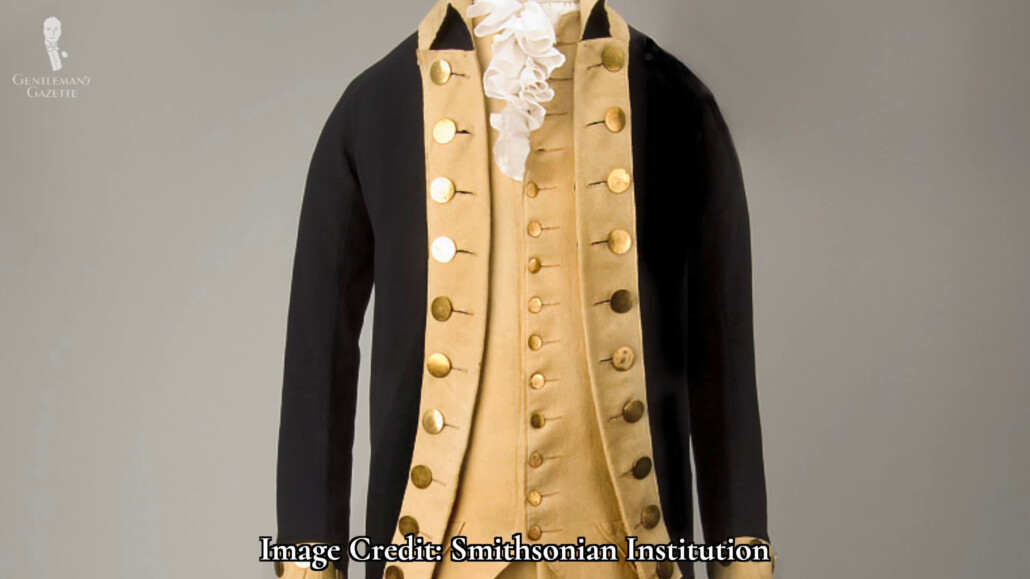
Wools, thick cotton, denim, hemp, and leather for accessories were favored materials, as were furs for warmth like the famous bearskin hats of these soldiers who guard the monarchs of England.
Ultimately, here, military garments are functional garments, and while functionality is less of a concern in classic menswear than it is for something like athletic wear, the fundamental points still stand. That is to say, seeking out natural, durable materials that provide comfort and give you a good cost-per-wear will never steer you wrong.
A wool suit kept George Washington thermally regulated from Valley Forge to Yorktown; British army soldiers staved off heat in lightweight, cotton-canvas, khaki uniforms from South Africa to India; and the US Army did the same during the Spanish-American War; and this, of course, was all without the benefit of modern, synthetic performance fabrics. So, that’s one lesson from the history books you’d do well to remember: that it’s hard to beat the functionality, dependability, and style of natural fibers and materials.
Cutting a Manly Figure
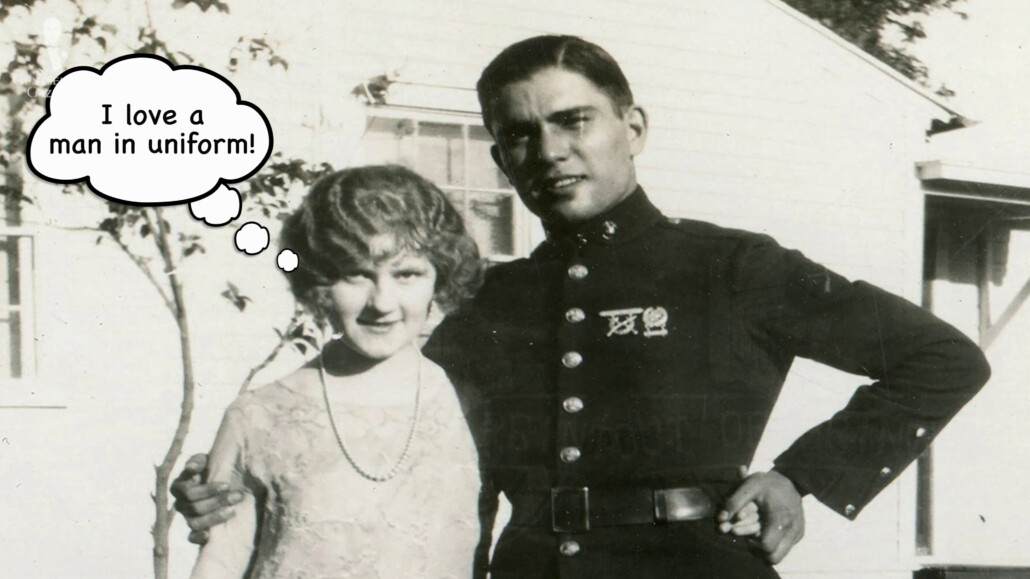
Next up today, the expression “I love a man in uniform” is often bandied about for a reason. There’s just something about military uniforms that can make men look more attractive.
Uniforms that make soldiers look and feel strong, imposing, and impressive do actually serve a practical purpose. They can increase the wearer’s confidence, could potentially frighten enemy troops, and can help to attract new recruits.
Historical uniforms often accomplish this by emphasizing a pleasing, traditionally-masculine figure, otherwise known as the “inverted v-torso,” with broad shoulders and a narrow waist. Breadth was often achieved by decorative elements at the shoulder or additional padding. The latter of which is still a common feature in many menswear garments today. Meanwhile, trim wastes were achieved by the cut of the jackets and trousers, as well as by the belts worn by many soldiers.

By the way, you can learn more about this last point in our post on why men started wearing belts.
Why Did Men Start Wearing Belts?
What’s significant here is that uniforms had to achieve these pleasing results with a variety of body types, so uniforms were never cut to unnecessarily restrict or compress soldiers who had to be able to move about freely and comfortably in them.
Officers, in particular, could often afford to have their dress uniforms tailored to look like the uniforms of their contemporaries but to flatter their individual body shapes better. Similarly, classic style still depends on encouraging a pleasing, masculine figure that can be tailored to a variety of body types.
So, with an emphasis on clothing with comfortable, flattering cuts, you can look as good as a man in uniform without having to wear a uniform yourself.
Standing Out With Style
Let’s close with a consideration of one of the more ironic aspects of uniforms. They were designed to make most men look generally the same while also helping to make men stand out from one another in specific ways.
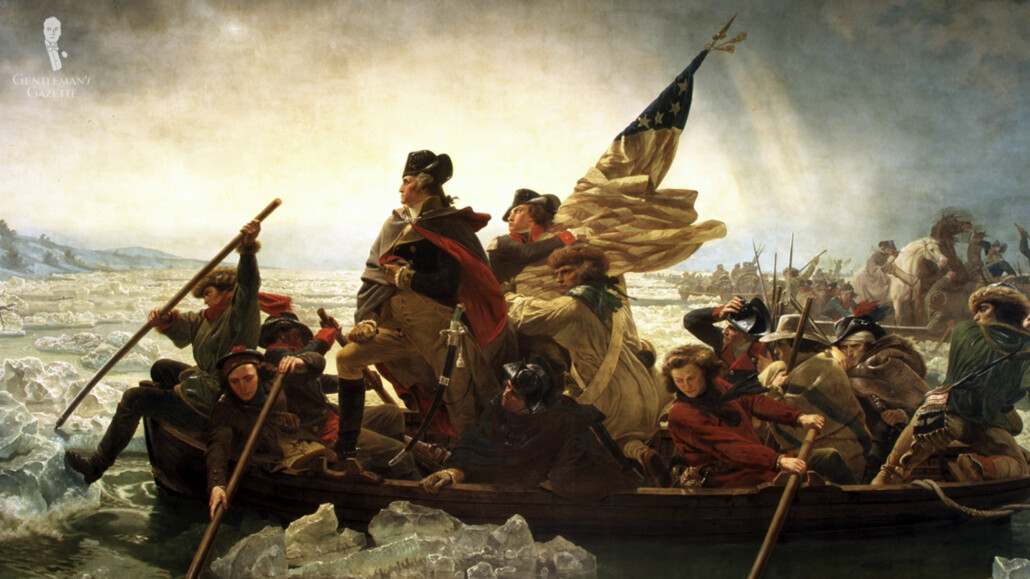
Officers, for instance, had to be distinct from enlisted men, so it was clear who was giving the orders and who was taking them. Specialty units also had to be recognizable as they carried out their unique battlefield roles. Think here of the different functionalities of cavalry units like dragons, hussars, and chasers.
To distinguish troops in the same army from each other, uniforms did sometimes rely on somewhat outlandish detailing. Consider the prominent frogging, braids, toggles, and epaulettes seen on these cavalrymen. These features do still appear on some contemporary classic menswear garments like smoking jackets, but most of the time, uniforms were distinguished by relatively minor details and differences. Think of things like contrast detailing, subtle braids, buttons, badges, plaques, and cockades.
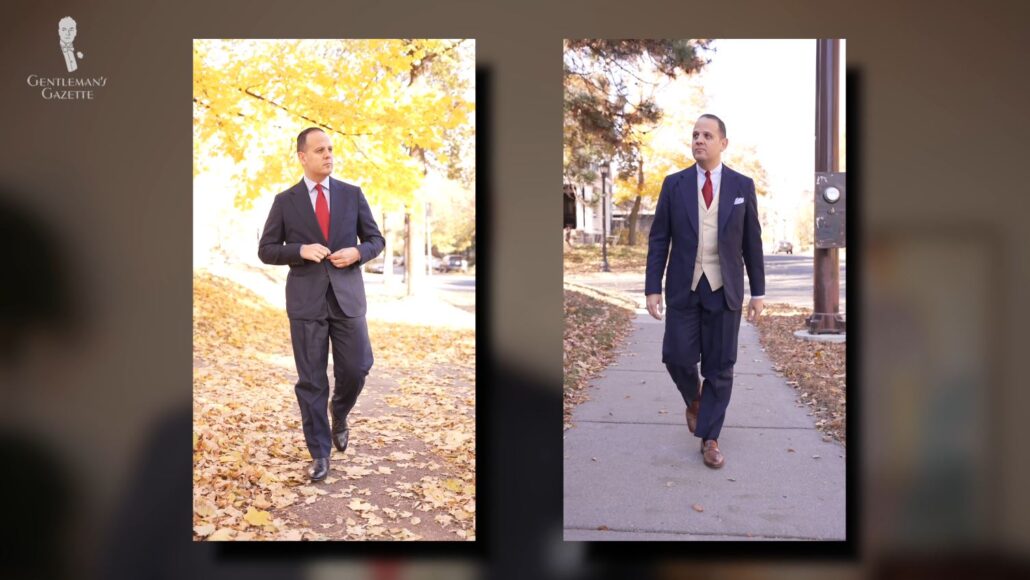
By the way, I explain exactly what cockades are, along with a host of other obscure menswear items, in another guide. In any case, the overall effect was that officers didn’t look distractingly different from the enlisted men, whom they were commanding, and the best results were generally achieved by uniforms that employed harmonious colors, timeless proportions, and practical styling as opposed to flounces or other extraneous detail.
They Wore What?! 10 Obscure Men’s Accessories & Jewelry
The same principles also apply to standing out in a good way in classic menswear, with timeless and versatile clothing and without gimmicks and flashy details so you look classic, not costume-y. Unless, of course, you’re a classic menswear peacock who’s following in the footsteps of a military clotheshorse like Antoine-Charles-Louis de Lasalle of France.
Conclusion
So, we hope that you’ve enjoyed learning about all of the ways in which military uniforms provided the foundations for contemporary, classic menswear conventions.

Do you agree with our reasoning, or do you think that we’ve missed any important points? Whatever the case may be, let us know in the comments below. Just don’t turn things into a battlefield.
Outfit Rundown
Today, as you might have guessed, the primary source of military inspiration in my outfit is my double-breasted, navy blue jacket with gold buttons. In order to tie into this blue and gold color theme, I’ve also Incorporated other blue and yellow tones, as well as red and pink tones elsewhere in my outfit.
My French-cuffed shirt features a pink and white microgrid pattern with a blue overcheck, and into those French cuffs, I’ve inserted our gold-plated, sterling silver, eagle claw cufflinks with blue lapis lazuli as the stone.
My trousers are plain brown, though they do feature a reddish undertone, and my tan suede chukka boots are a relatively new acquisition that I thought would also provide a bit of militarily-adjacent character.
The remainder of my accessories are all from Fort Belvedere today, and these would include my bow tie in a yellowish buff, featuring a repeating, geometric pattern in blue, red, and orange; my peach, spray rose boutonniere; my pale yellow linen pocket square, featuring a contrasting yellow X-stitch; and my two-tone, shadow-striped socks in bright blue and yellow, which are a relatively new addition to our Fort Belvedere shop.
Of course, you can find all of the Fort Belvedere accessories I’m wearing, as well as a wide variety of others, by taking a look at the Fort Belvedere shop.


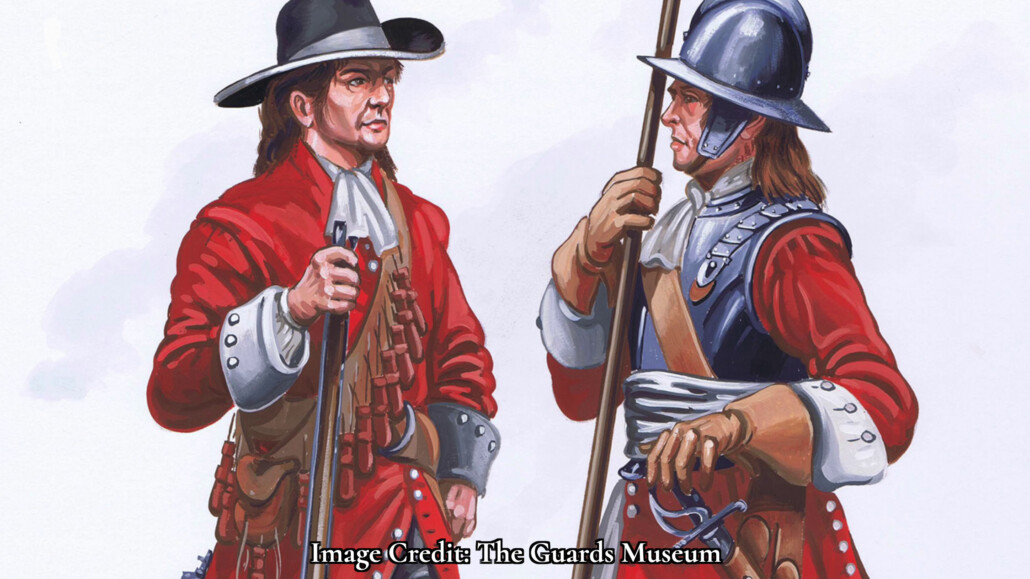
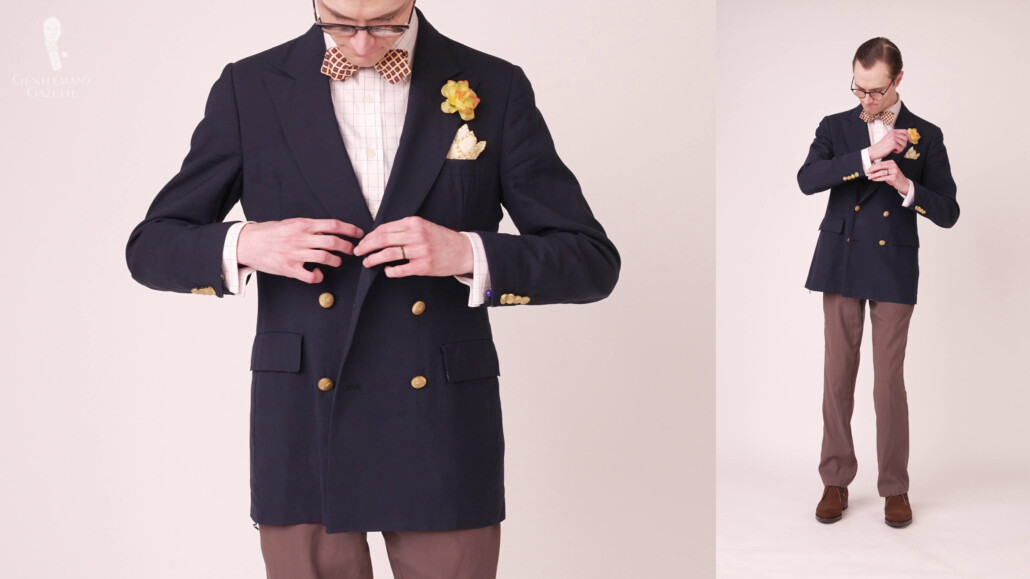
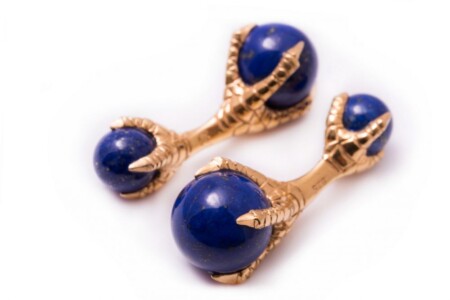
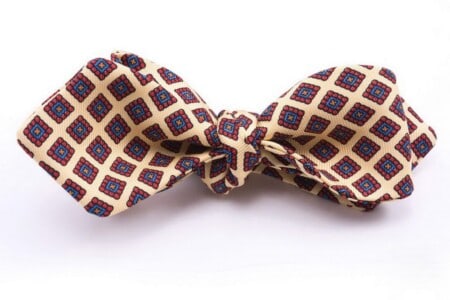
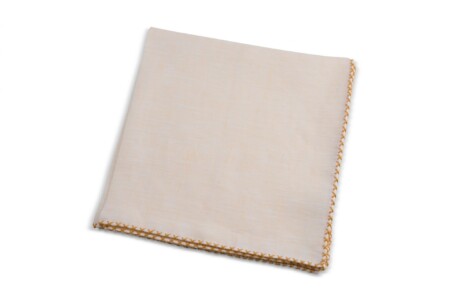
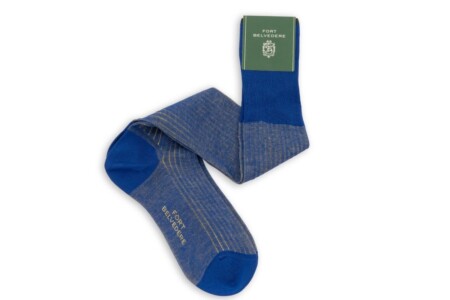
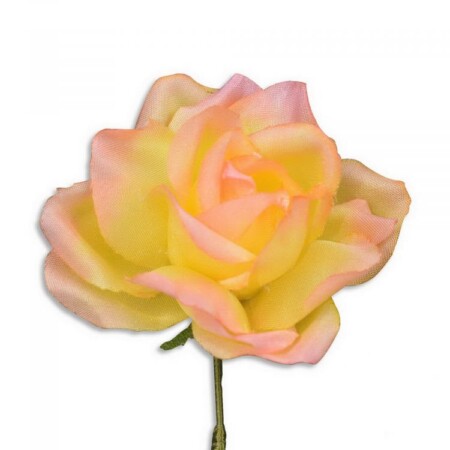
It’s a shame that you had to put a disclaimer about this video. Hopefully, anyone intelligent enough to be watching a video like this understands the context of the subject matter. That being said, keep up the good job!
I enjoyed your video very much, but a little surprised you didn’t mention the impact of military head wear.
Preston, this was a good general article, but the painting you choose to demonstrate the importance of identification through color and distinguishing combatants from non-combatants in both the written article and your video (at 2:16) could not be more inappropriate. The painting, “All that was left of them” by Richard Eaton Woodville Jr., is a 1902 painting of The Battle of Elands River, also known as The Battle of Modderfontein, part of the Second Boer War. on 17 September 1901, a Boer raiding force defeated and captured a Squadron of the 17th Lancers commanded by a cousin of Winston Churchill. The Boers, in irregular clothing, took captured British uniforms and equipment in the battle and used it to escape – violating uniform and Geneva Convention rules!
Thank you for the insight, Ed! Even with this additional information to hand, one could argue the image still works in the article as the Boers took advantage of the uniforms to ensure they weren’t attacked by British troops.
Thank you for this article on a salient detail of the origins of modern menswear. As has been said, “…a suit is the modern man’s suit of armour…”.
Also according to credible sources, theatre costume designers of the day were employed to design the WWII German soldiers’ uniforms.